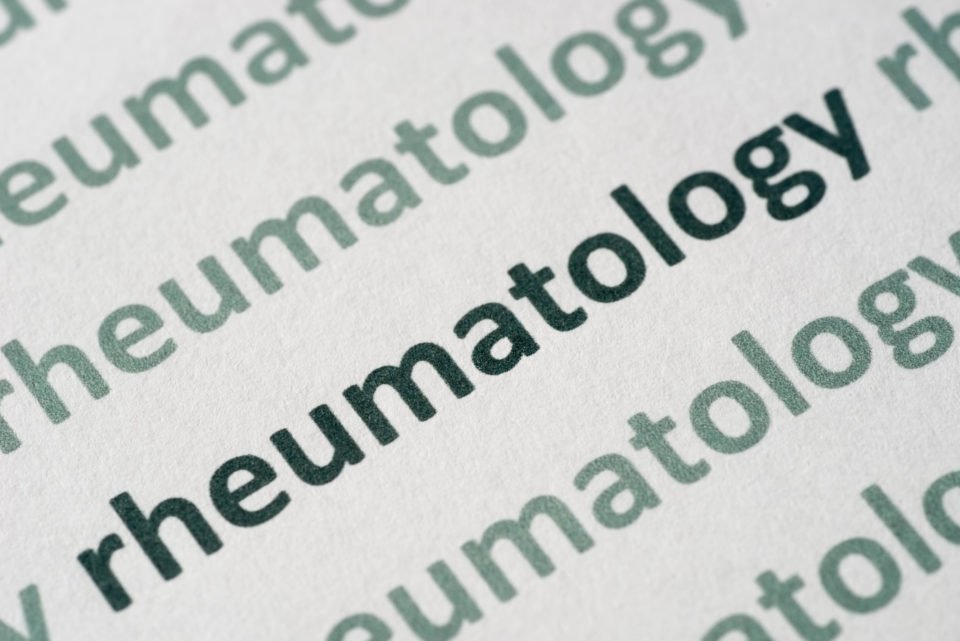
Two recent studies published in 2021 have evaluated the disparities in rheumatology educational materials, particularly around racial diversity in representation of images depicting cutaneous manifestations of rheumatic diseases. Familiarity with variable appearance of rashes on different skin tones is critical to ensure conditions are successfully diagnosed in patients of color; thus, ensuring adequate representation of persons of color in educational materials is of critical importance. Previous work has demonstrated non-white individuals are significantly underrepresented in dermatology educational resources and medical school curricula, but this has not been systematically investigated in rheumatology before prior to this work.
The first study by Strait et al and colleagues from the University of California San Francisco, published in Arthritis Care and Research, aimed to characterize representation of dark skin in clinical images across four major rheumatology education resources.1 Images of patients with rheumatic diseases were reviewed from the American College of Rheumatology Image Library (n=538), UpToDate (n=265), the New England Journal of Medicine Images in Clinical Medicine and Clinical Cases (n=60 and n=25, respectively), and the 9th Edition of Kelley’s Textbook of Rheumatology (n=155).
The investigators used Fitzpatrick’s skin phototypes to independently code images depicting visible skin as “light,” “dark,” or “indeterminate,” and assessed for inter-rater agreement. They then compared representation of dark skin in the images within these clinical resources to representation of Black, Native American and Asian individuals within the U.S. Census population and lupus cases nationally.
Of the 1,043 patient images in the study, only 13.4% had dark skin, 84% had light skin and 2.6% had indeterminate skin color. The study found dark skin was underrepresented significantly in rheumatology educational materials and lupus images, when compared with the representation of Asian, Native American and Black individuals within the US Census population (13% vs. 21%, P<0.001) and in published studies of SLE patients (22.6% vs. 44.2%, P<0.001). UpToDate contained the largest proportion of images of dark skin (17%) and Kelley’s Textbook contained the smallest proportion (7%). While Asian, Native American and Black individuals comprise approximately 44% of prevalent SLE cases in the U.S., the representation of dark skin in lupus images was notably only 22.6%.
Another study by Babool et al, published in Rheumatology, extracted 621 images of dermatomyositis rashes from 93 textbooks and 3 online databases (UpToDate, VisualDx, and DermNet NZ).2 The authors graded skin tone independently on the Massey and Martin Skin Color Scale (MMSCS) from very light to very dark. Of 561 images analyzed, they found 73% represented light skin tones (MMSCS 1-2) and only around 6% of images in textbooks of rheumatology and neuromuscular medicine included images of darker skin tones, MMSCS 5-10.
Both studies demonstrate underrepresentation of racial and ethnic minorities in resources depicting cutaneous rashes. As we think about ways to mitigate health disparities more broadly, it is important to consider the impact of a lack of representation of dark skin color in rheumatology education. The authors point out this lack of representation may increase risk of misdiagnosis or diagnostic delay of rheumatic diseases in people with skin of color, if subtle skin findings are not recognized by providers, perpetuating health disparities. Additionally, they highlight a lack of representation contributes to implicit bias and structural racism within medicine, promoting white-only models of disease. As health disparities are addressed, it is important to not forget how educational materials and inequitable representation in images in educational materials may contribute to ongoing health disparities if not addressed.
References
- Strait A, Graf J, Margaretten M, Yazdany J, Goglin S. Race, Ethnicity and Disparities in Rheumatology Educational Materials. Arthritis Care & Research. Doi:10.1002/acr.24602
- Babool S, Bhai SF, Sanderson C, Salter A, Christopher-Stine L. Racial Disparities in Skin Tone Representation of Dermatomyositis Rashes: A Systematic Review. Rheumatology. Doi:10.1093/rheumatology/keab809







 © 2025 Mashup Media, LLC, a Formedics Property. All Rights Reserved.
© 2025 Mashup Media, LLC, a Formedics Property. All Rights Reserved.